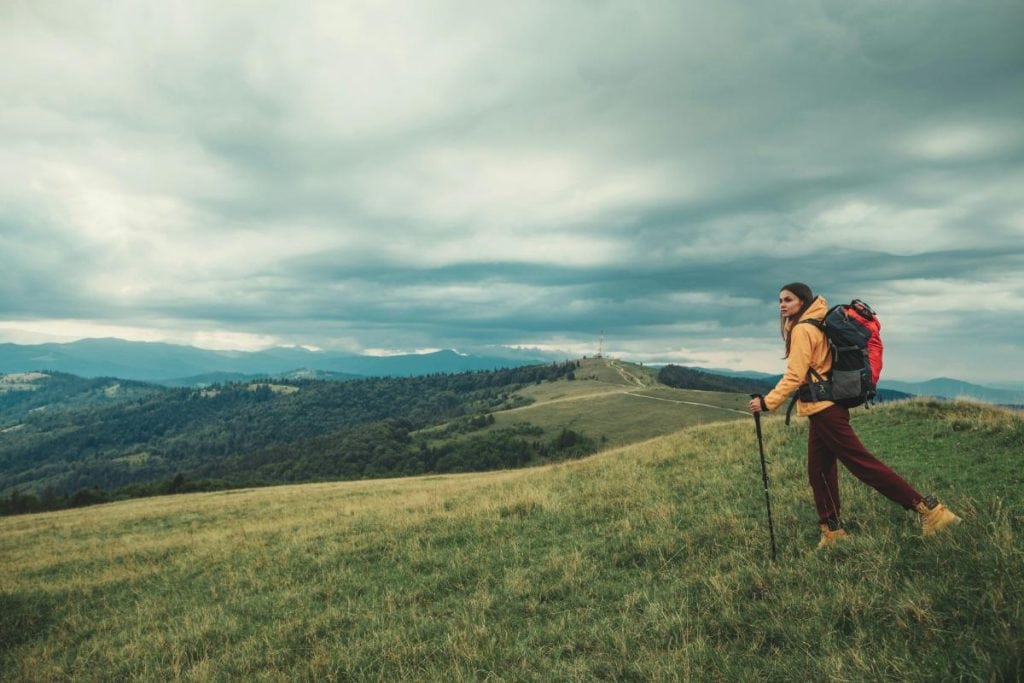
Travel looks different for everyone. Some people want luxury with nice hotels, fancy food, and a quiet place to relax. Others like to take things slow, enjoying each place without rushing. But then there are those who want excitement. That’s where adventure travel comes in.
Adventure travel is about hiking, climbing, swimming, or going somewhere wild. It’s not about being comfortable. It’s about doing something real. You might get dirty. You might get tired. But you’ll feel something most trips don’t give you. But you can’t just show up and hope for the best. In this article, we will go over several of the things you need to do to prepare for this kind of trip.
1. Plan the logistics
Before you go, make sure your travel plans are set. Book your flights and places to stay early so you don’t miss out, especially if you’re going during a busy time of year. Think about how you’ll get around once you arrive. In some places, that might mean renting a car. In others, you might use buses, taxis, or hire a guide.
You also need to protect yourself in case something goes wrong. Adventure trips come with more risk than regular vacations. Get international travel medical insurance that covers the things you’ll be doing. Some basic plans don’t include activities like diving or climbing, so read the details before you buy.
Some activities need permits or passes. Don’t wait until you get there to figure it out. Popular hikes, parks, or tours often have limited spots, and if you don’t plan ahead, you might miss your chance.
2. Have the right gear
Bringing the right gear can make or break your trip. You don’t need to pack a lot, but what you bring needs to work well. Start by thinking about the weather and the activity. A cold mountain hike needs different clothes than a desert trek or a jungle trip. Choose items that are light, tough, and made for the kind of travel you’re doing.
Your shoes matter more than anything else. Wear them before the trip so you know they fit well and won’t cause problems. The same goes for backpacks, jackets, and anything you’ll use every day. Try it all out ahead of time so there are no surprises.
Don’t forget the basics like a water bottle, sunscreen, a flashlight, or a power bank. If you’re camping or going off the grid, you might need extra gear like a sleeping bag or portable stove. Keep it simple. Pack what you need, not what looks good in photos.
3. Learn about the region
Learning about the place you’re visiting is just as important as packing your bag. Don’t land in a new country without knowing the basics. Read about the customs, laws, and how people live day to day. Something that feels normal to you might be rude or even illegal somewhere else. A little research shows respect and helps you avoid trouble.
If the country doesn’t speak your language, learn a few useful words and phrases. You don’t need to be fluent, but being able to greet someone, say thank you, or ask for help can go a long way. Locals often appreciate the effort, even if your accent isn’t perfect.
Stay updated on the weather, travel warnings, and anything else that could affect your plans. If something changes while you’re there, knowing what’s going on can help you make smart choices. Being prepared gives you more freedom and helps you enjoy the trip without constant worry.
4. Think about health and safety
Staying safe and healthy on an adventure trip takes planning. Before you go, visit a travel clinic to ask about vaccines or medicines you might need. Some places have health risks you won’t face at home. A short appointment can help you avoid big problems later.
It’s also smart to carry a small medical kit. Pack what fits your trip with bandages, pain relievers, stomach medicine, and anything else that might be hard to find where you’re going. If you take any type of daily medicine, bring more than enough in case you get delayed.
Learn some basic first aid. You don’t need to be an expert, but knowing how to clean a cut, treat a blister, or handle heat exhaustion can make a big difference. In remote places, help might not be close by.
Understand the risks of your activity and your location. Whether it’s wild animals, strong currents, or steep trails, know what to expect. Look up what to do in an emergency and who to call if something goes wrong. Staying healthy on the road isn’t just luck. Staying healthy and safe highly depends on being ready before you leave.
